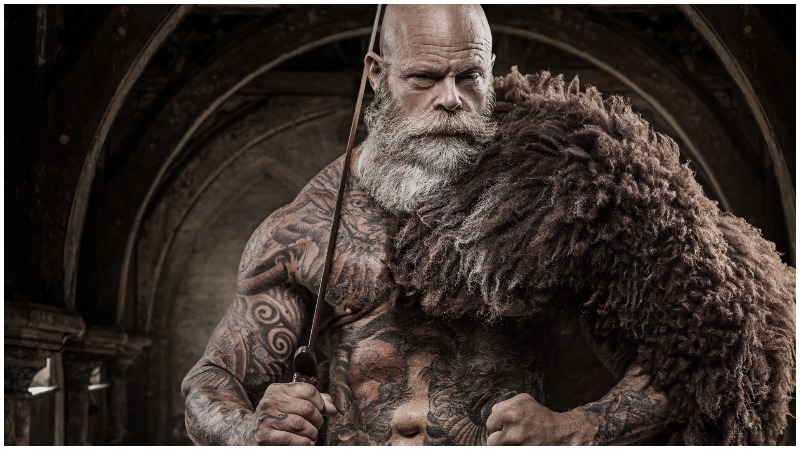Vikings were a tough bunch. Pillaging, conquering and killing earned them a reputation as a force to be feared and avoided.
While there were many Viking kings, a few are still remembered as the most important.
Erik the Red
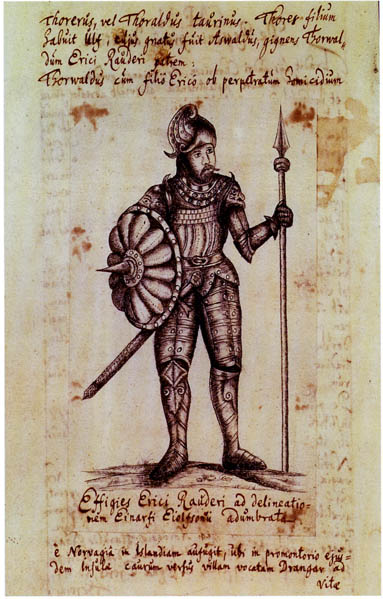
Probably one of the most famous Vikings. Born in Norway, Erik Thorvaldsson Earned his nickname from the shock of red hair on his head. He and his family were kicked out of Norway when his father committed a murder.

They settled in Iceland until Erik was expelled for manslaughter about 982 AD. Erik set sail for a large island, and when he arrived, he named it Greenland to make it sound attractive for any settlers that would come.
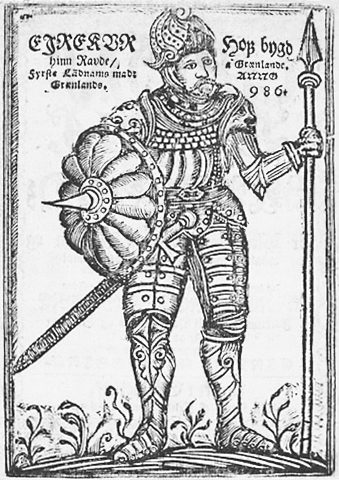
He explored the island for several years naming potential settlements, many after himself. In about 985 Erik returned to Iceland looking for people willing to inhabit the island and brought back almost five hundred new settlers. The colonies did well until about the mid-15th century when they died out.
Leif Eriksson
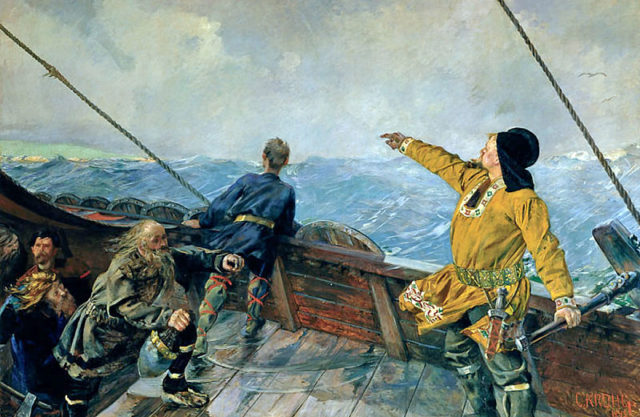
The son of Erik the Red, was the first white person to land on the North American continent on his way back from Norway after he was introduced to Christianity by King Olaf I.
Leif spent the winter exploring what is now believed to be the area of Newfoundland.
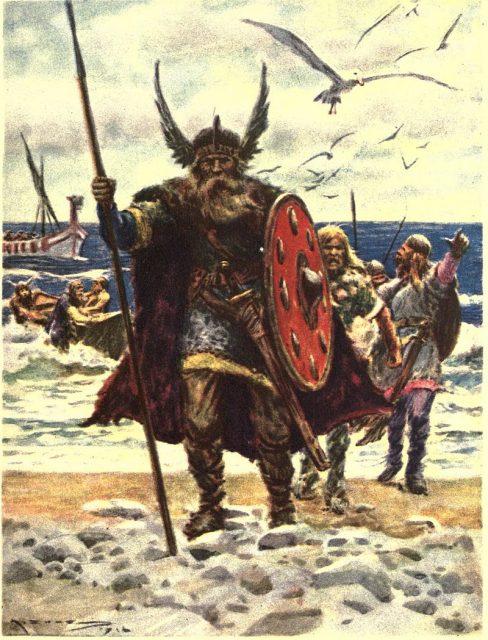
He converted his mother to Christianity and the two built the first Christian church in Greenland, but his father refused to join. According to history.com, Leif’s brother, Thorvald, attempted to make a settlement in North America but was turned away by the Native Americans. It is believed Thorvald was killed in a fight with the Natives.
Freydis Eiríksdóttir
While not officially a ruler, the daughter of Erik the Red, Freydis Eiríksdóttir, had accompanied her husband on one of the final voyages to North America.
When their camp was threatened by Native Americans the pregnant Freydis Grabbed a sword and fended them off single-handedly, earning her a reputation as a fierce female warrior.
Her greed though, like many rulers of the day, got the better of her. She convinced her husband to kill their expedition partners, and she took it upon herself to kill their wives and children to acquire their land.
Ivar the Boneless
Ivar lived during the 9th century, gained his nickname probably from the medical condition osteogenesis imperfecta which gave his bones the ability to bend more than they should.
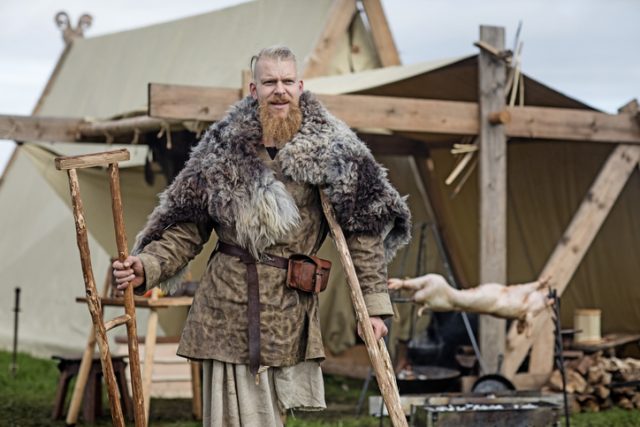
This genetic condition weakens the bones and leaves them susceptible to easy breakage, sometimes for no reason.
Not to be vanquished, Ivar had his men of the Great Heathen Army carry him into battle on his shield as they invaded Ireland and founded the settlement of Dublin in 856 AD.
The website ancient-origins.net tells us of another 9th century Viking warrior named Ímar that may have been Ivar the Boneless. After 870 AD there is no mention of Ivar, but Imar was recorded as dying in 873 AD and was the leader of the Dublin settlement.
Check out a video on Viking words still used in the English language:
https://youtu.be/TchiY6MSjm8
Ragnar Lodbrok
Possibly the father of Ivar/Imar,Ragnar Lodbrok was nicknamed “Hairy Breeches” because of a suit of armor he designed out of animal hide to fight snakes. When he was fifteen, he killed an infestation of poisonous snakes and won a princess to marry.
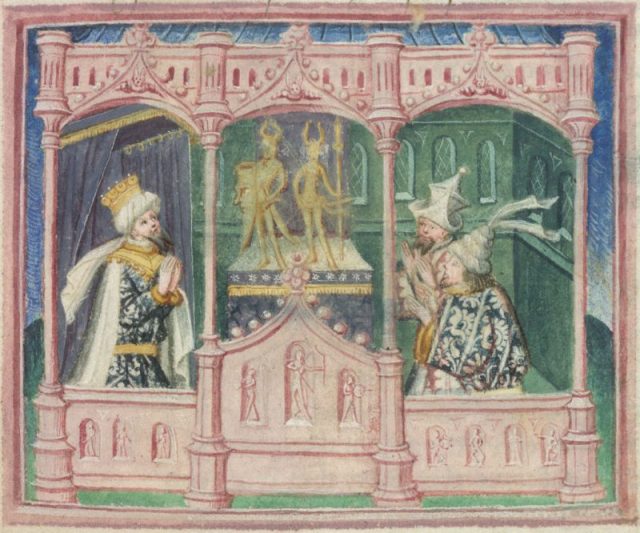
He commonly raided settlements along the rivers in France and was bribed by the French king Charles the Bald not to invade Paris.
Unfortunately, when Ragnar attempted to invade England, he was captured and thrown into a pit full of snakes without his snake armor. He died a slow, horrible death.
Rollo
In 911 AD the Viking leader Rollo was given the area of France now known as Normandy by King Charles the Simple. In return, Rollo converted to Christianity. Charles feared more Viking invasions and felt that Rollo would be able to fend off any raiding parties.
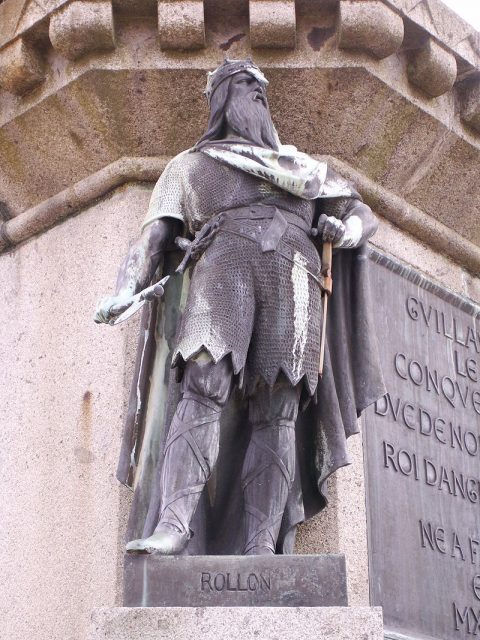
Gradually, Rollo gained more land and became the first ruler of Normandy. It is not known if Rollo was from Denmark or Norway, but scientists in Britain and France have been conducting DNA research on specific burials in Normandy.
Read another story from us:The Orgiastic Drunken Spectacles of Viking Religious Ceremonies
Rollo’s descendants became the Normans, and his third great-grandson was William the Conqueror, who according to ancient pages.com, is the ancestor of all European royals.
